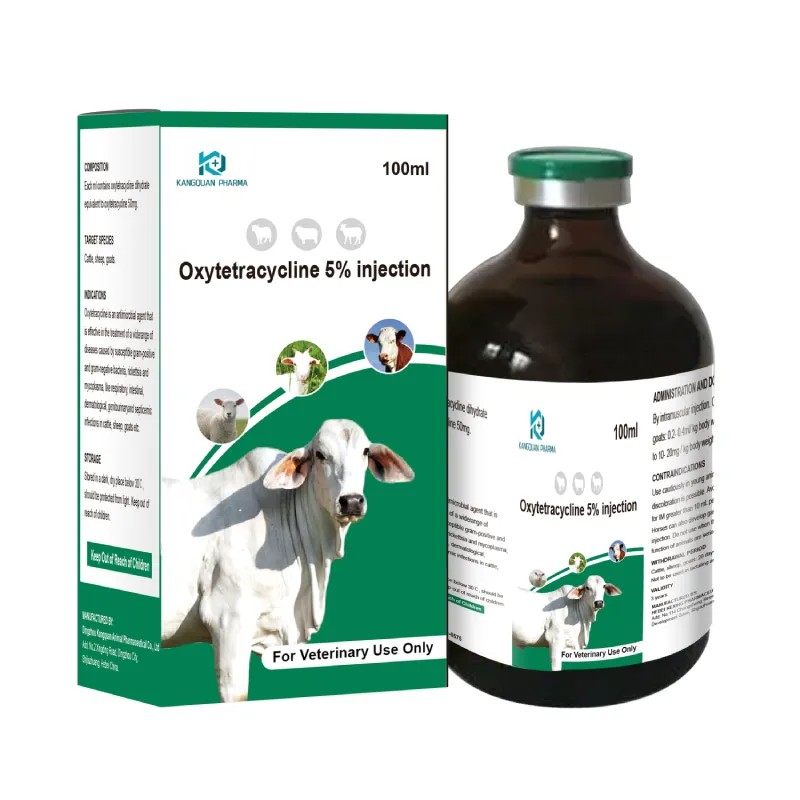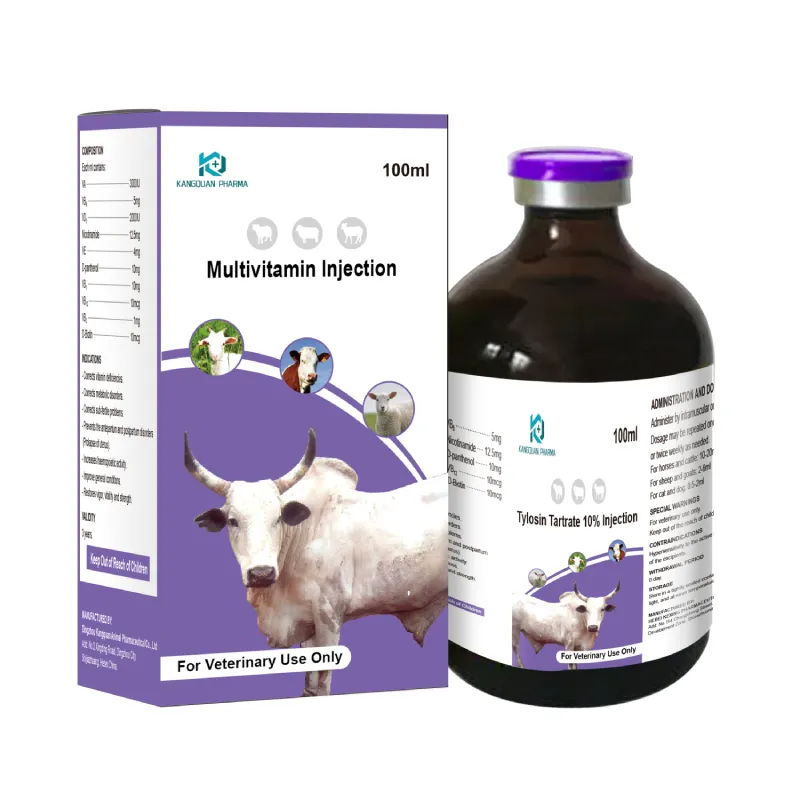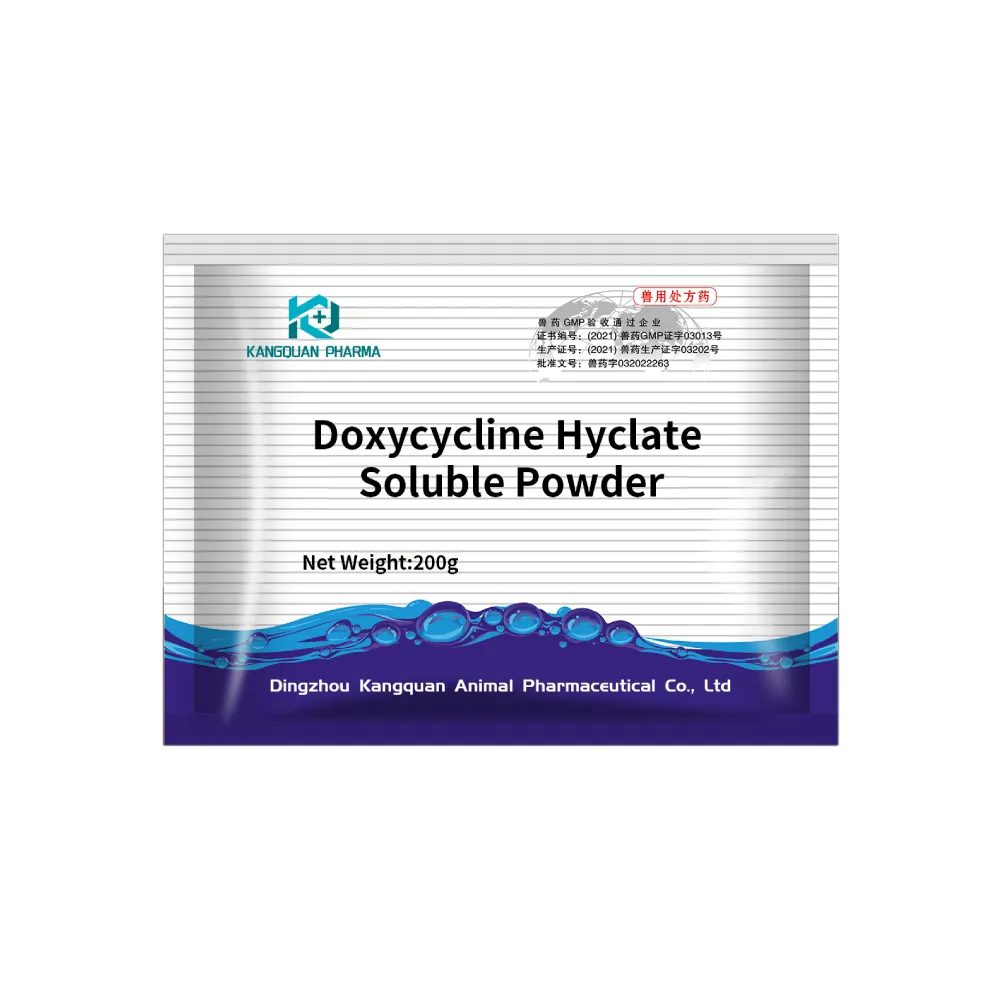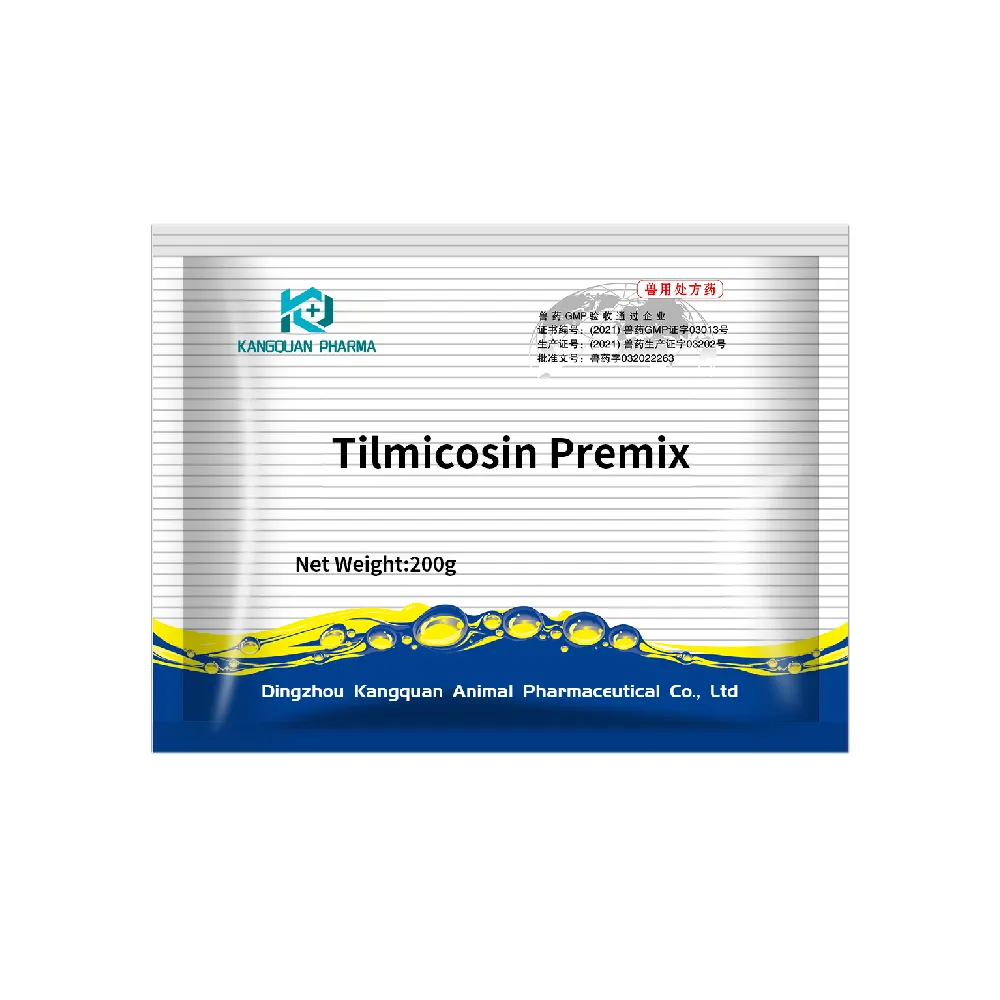- Afrikaans
- Albanian
- Amharic
- Arabic
- Armenian
- Azerbaijani
- Basque
- Belarusian
- Bengali
- Bosnian
- Bulgarian
- Catalan
- Cebuano
- Corsican
- Croatian
- Czech
- Danish
- Dutch
- English
- Esperanto
- Estonian
- Finnish
- French
- Frisian
- Galician
- Georgian
- German
- Greek
- Gujarati
- Haitian Creole
- hausa
- hawaiian
- Hebrew
- Hindi
- Miao
- Hungarian
- Icelandic
- igbo
- Indonesian
- irish
- Italian
- Japanese
- Javanese
- Kannada
- kazakh
- Khmer
- Rwandese
- Korean
- Kurdish
- Kyrgyz
- Lao
- Latin
- Latvian
- Lithuanian
- Luxembourgish
- Macedonian
- Malgashi
- Malay
- Malayalam
- Maltese
- Maori
- Marathi
- Mongolian
- Myanmar
- Nepali
- Norwegian
- Norwegian
- Occitan
- Pashto
- Persian
- Polish
- Portuguese
- Punjabi
- Romanian
- Russian
- Samoan
- Scottish Gaelic
- Serbian
- Sesotho
- Shona
- Sindhi
- Sinhala
- Slovak
- Slovenian
- Somali
- Spanish
- Sundanese
- Swahili
- Swedish
- Tagalog
- Tajik
- Tamil
- Tatar
- Telugu
- Thai
- Turkish
- Turkmen
- Ukrainian
- Urdu
- Uighur
- Uzbek
- Vietnamese
- Welsh
- Bantu
- Yiddish
- Yoruba
- Zulu
8 月 . 30, 2024 08:54 Back to list
Amoxicillin Sodium Injection - Effective Antibiotic Treatment
Amoxicillin Sodium Injection An Overview
Amoxicillin sodium injection is a widely used antibiotic that belongs to the penicillin group of medications. It is primarily prescribed for the treatment of various bacterial infections, including respiratory tract infections, urinary tract infections, and skin infections. The drug works by inhibiting the synthesis of bacterial cell walls, leading to the destruction of bacteria and ultimately helping the body to fight off infections.
One of the key advantages of amoxicillin sodium injection is its broad spectrum of activity. It is effective against a wide range of Gram-positive and some Gram-negative bacteria. This makes it a versatile option for healthcare providers when treating patients with suspected bacterial infections. The injection form is especially useful in scenarios where oral administration is not feasible, such as in patients who are unable to swallow or who need immediate treatment in a hospital setting.
The mode of administration for amoxicillin sodium is typically via intravenous (IV) infusion or intramuscular injection. This allows for rapid absorption of the medication into the bloodstream, leading to quicker therapeutic effects compared to oral forms of the drug. However, as with all medications, it is essential that amoxicillin sodium injection is administered under the supervision of a qualified healthcare professional to monitor for any adverse reactions or complications.
amoxicillin sodium injection
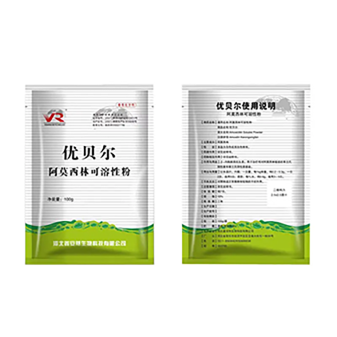
While amoxicillin is generally well-tolerated, some patients may experience side effects. Common side effects include nausea, vomiting, diarrhea, and allergic reactions, which can vary in severity. It is crucial for patients to inform their healthcare provider of any known allergies to penicillin or other beta-lactam antibiotics before receiving the injection.
Moreover, as antibiotic resistance remains a growing concern in the medical community, it is vital for healthcare providers to prescribe amoxicillin sodium judiciously. This means ensuring that it is only used for infections where it is proven effective and necessary. Patients are encouraged to complete the full course of the antibiotic, even if they start feeling better before the medication is finished, to reduce the risk of developing resistant bacterial strains.
In conclusion, amoxicillin sodium injection is a valuable tool in the treatment of various bacterial infections, providing rapid and effective care. However, its use must be carefully managed and monitored to ensure patient safety and combat the growing issue of antibiotic resistance. As always, patients should adhere to their healthcare provider's instructions to achieve the best possible outcomes from their treatment.
-
The Power of Radix Isatidis Extract for Your Health and Wellness
NewsOct.29,2024
-
Neomycin Sulfate Soluble Powder: A Versatile Solution for Pet Health
NewsOct.29,2024
-
Lincomycin Hydrochloride Soluble Powder – The Essential Solution
NewsOct.29,2024
-
Garamycin Gentamicin Sulfate for Effective Infection Control
NewsOct.29,2024
-
Doxycycline Hyclate Soluble Powder: Your Antibiotic Needs
NewsOct.29,2024
-
Tilmicosin Premix: The Ultimate Solution for Poultry Health
NewsOct.29,2024





